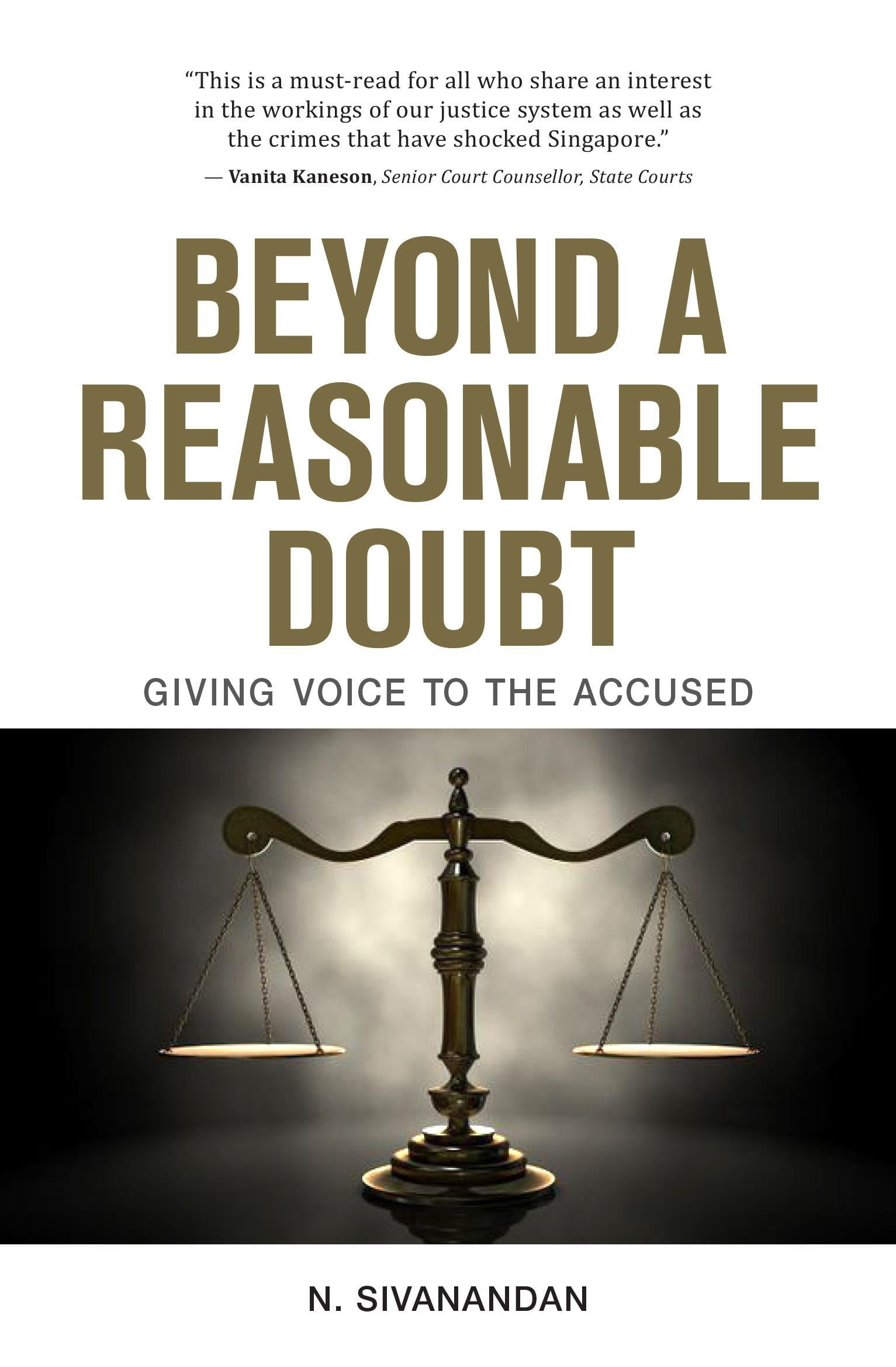

In the case of sexual offenders, they may have to register with the police annually and obey various restrictions on their activities, whereabouts and contacts with other persons, especially children.

Depending on the crime, these can include prohibitions on driving and handling weapons, and a requirement to provide DNA for the national forensic data bank. Conviction also usually leads to a criminal record, and other orders being made against the offender. In more modern times, even where a convicted person is not sent to jail, a finding of guilt almost invariably brings restrictions on freedom, even if only in the form of an order to pay a fine, or by way of a probation order placing the accused under supervision.

Historically, conviction of a crime almost always meant imprisonment, and sometimes worse! Someone who is charged with committing a criminal offence stands in jeopardy of losing their freedom and liberty. The reason for these principles is because of the high value our society places upon individual freedom. These are tied to a third essential principle: that the accused is presumed by law to be innocent, and does not have to testify, call any other witnesses to testify, or prove anything at all. These two concepts form the most fundamental pillars of our criminal decision-making process: that the Crown bears the onus of proving its case and that the onus is high: proof beyond a reasonable doubt. As our judges tell juries every day, this means that the decision-maker must ultimately be sure that the accused is guilty before he or she can be convicted of a crime. Although lower standards sometimes apply to questions which are not at the very center of the dispute, upon the final and most important issue – that is, whether the Crown has proven the accused person is guilty of committing an offence – nothing less than “proof beyond a reasonable doubt” will do. The sentencing judge must be “sure” the offence includes the aggravating factor before he or she can rely upon that factor to increase the sentence to be imposed upon the offender.The highest “standard of proof” under our law is reserved for decision- making in criminal cases.
HOW TO EXPLAIN REASONABLE DOUBT TO A JURY DRIVER
For example, a police officer may demand a breath sample from a vehicle driver where the officer has a “reasonable suspicion” that the driver has consumed alcohol. In some situations, the standard is even lower. Police officers and others engaged in an investigation are authorized to act where they have “reasonable grounds to believe” an offence has been committed and a particular person may be guilty. Canadian law recognizes different states of mind for decision-makers in various situations.


 0 kommentar(er)
0 kommentar(er)
